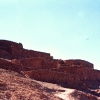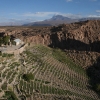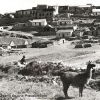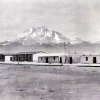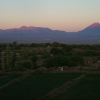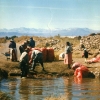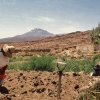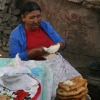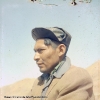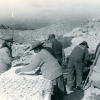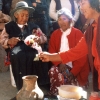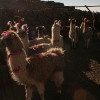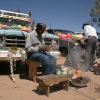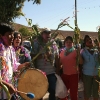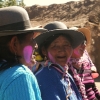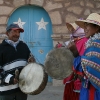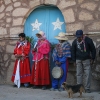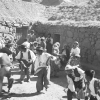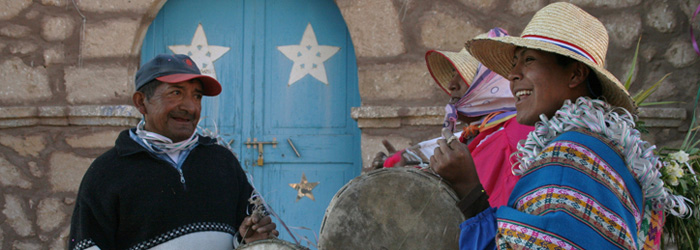Economy
The traditional economy of the Atacameños is based on agriculture and livestock herding, activities that are practiced in the region’s different ecosystems, which are identified, classified and exploited according to the resources that they offer, be they for economic, nutritional, medicinal, ritual or technological use.
Farming took place at oases, specifically in terraces built on ravine slopes and irrigated with complex water systems. Livestock husbandry was based on alpacas and llamas before the arrival of the Spanish; today, sheep, goats and mules are also raised. The people obtained meat, wool and skins from the animals, and sometimes used them (llamas and particularly mules) as beasts of burden. Gathering firewood and plants – mostly herbs for medicinal uses and the fruit of the chañar and carob trees for making flour and drinks – are other traditional economic activities common in the region.
The Atacameños’ basic productive unit is the family, which subsists by occupying an extensive tract of this harsh, arid environment. Families often have to walk dozens of miles to reach the resources they need. A family’s property may be divided into several tracts of farmland, some often located quite far from its permanent home.
This social system, based on a traditional structure of family relations and alliances, is organized to ensure access to and control over resources that are found in different environmental niches of the region. Subsistence agriculture is employed with a wide range of crops – a single plot of land might be used to grow potatoes, quinoa, maize, squashes, prickly pear and chili peppers, thereby optimizing the use of water and soil.
In modern times, however, inhabitants of these locales tend to concentrate on a single, marketable crop. This puts great stress on water resources and affects the fertility of land held in common; it also weakens the social structures set up to control and manage resources, that are the basis of power and authority in the community.
On the other hand, livestock herding is managed with a system of community owned pastures and meadows, although ownership by individual families is also recognized. In modern times, the growth of the wool industry and gradual reductions in camelid (alpaca and llama) herds, coupled with the drying up of highland meadows, has resulted in the abandonment of less accessible grazing lands and high-altitude puna regions.
Historically, small scale bartering allowed access to products from distant regions, (particularly modern-day Bolivia and northwestern Argentina), while at the same time revitalizing social relations and interrelations among communities.
In modern times, new economic activities have been added to the Atacameño way of life: salaried work in urban centers and the sale of local products in these new markets.










